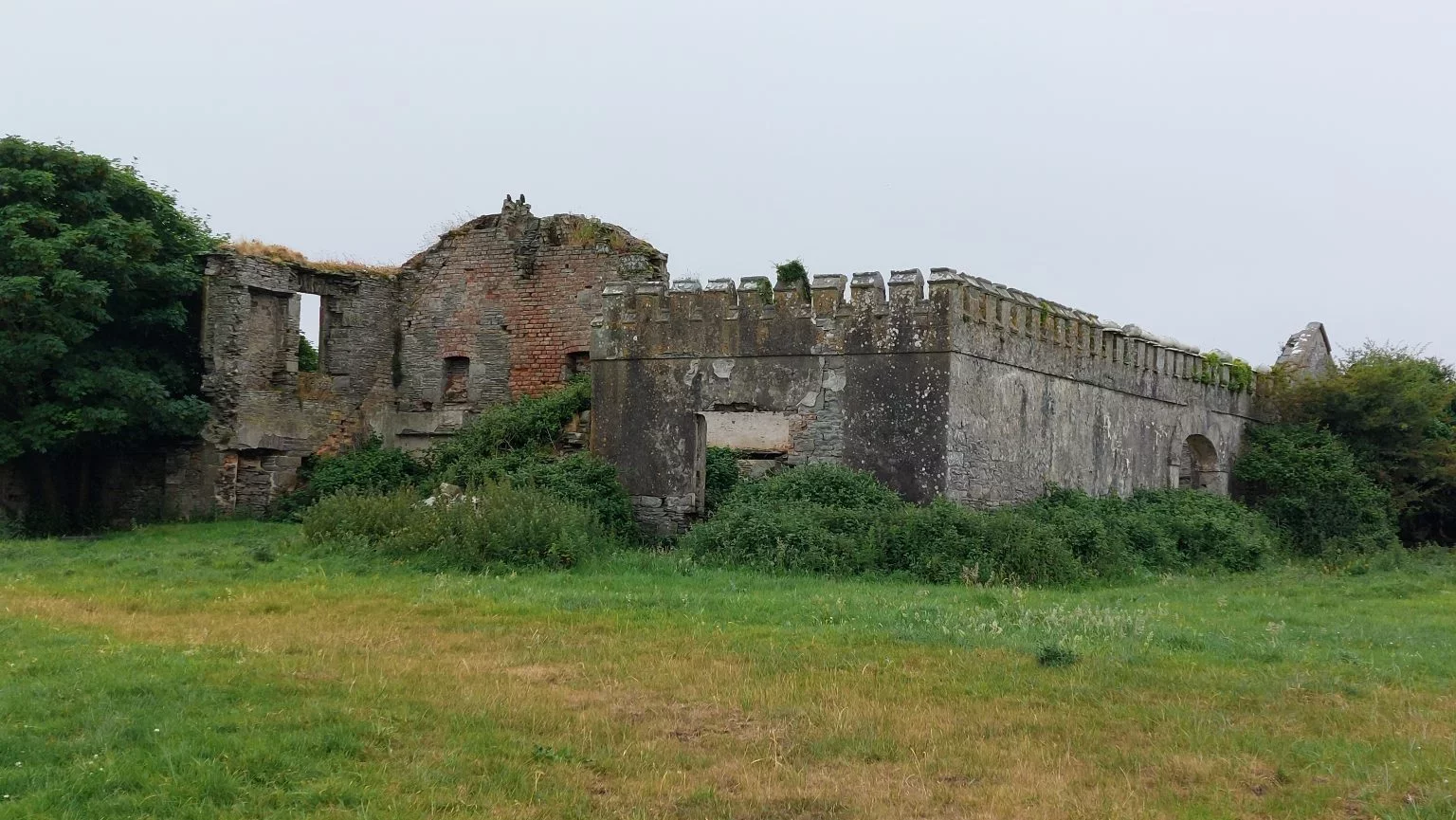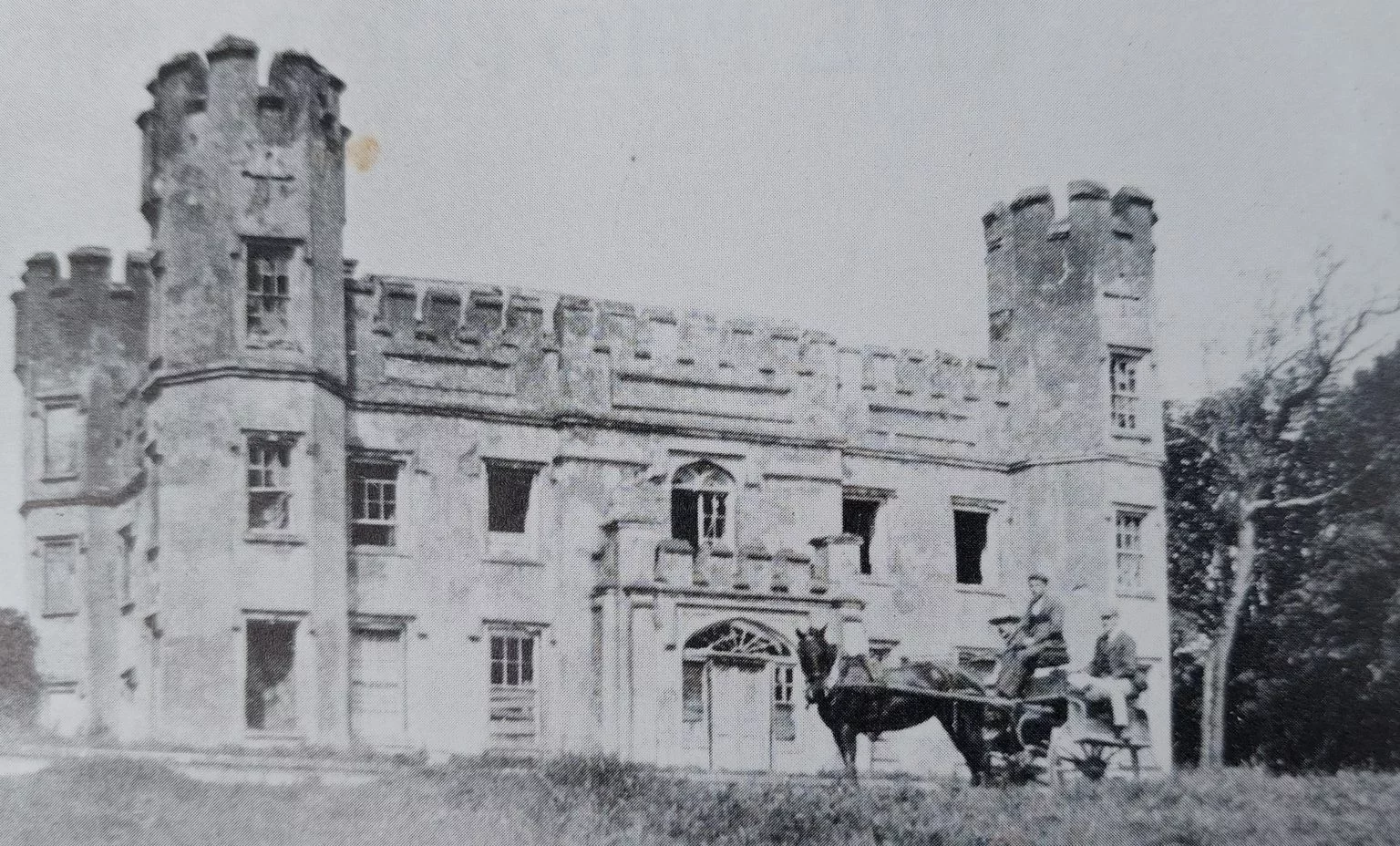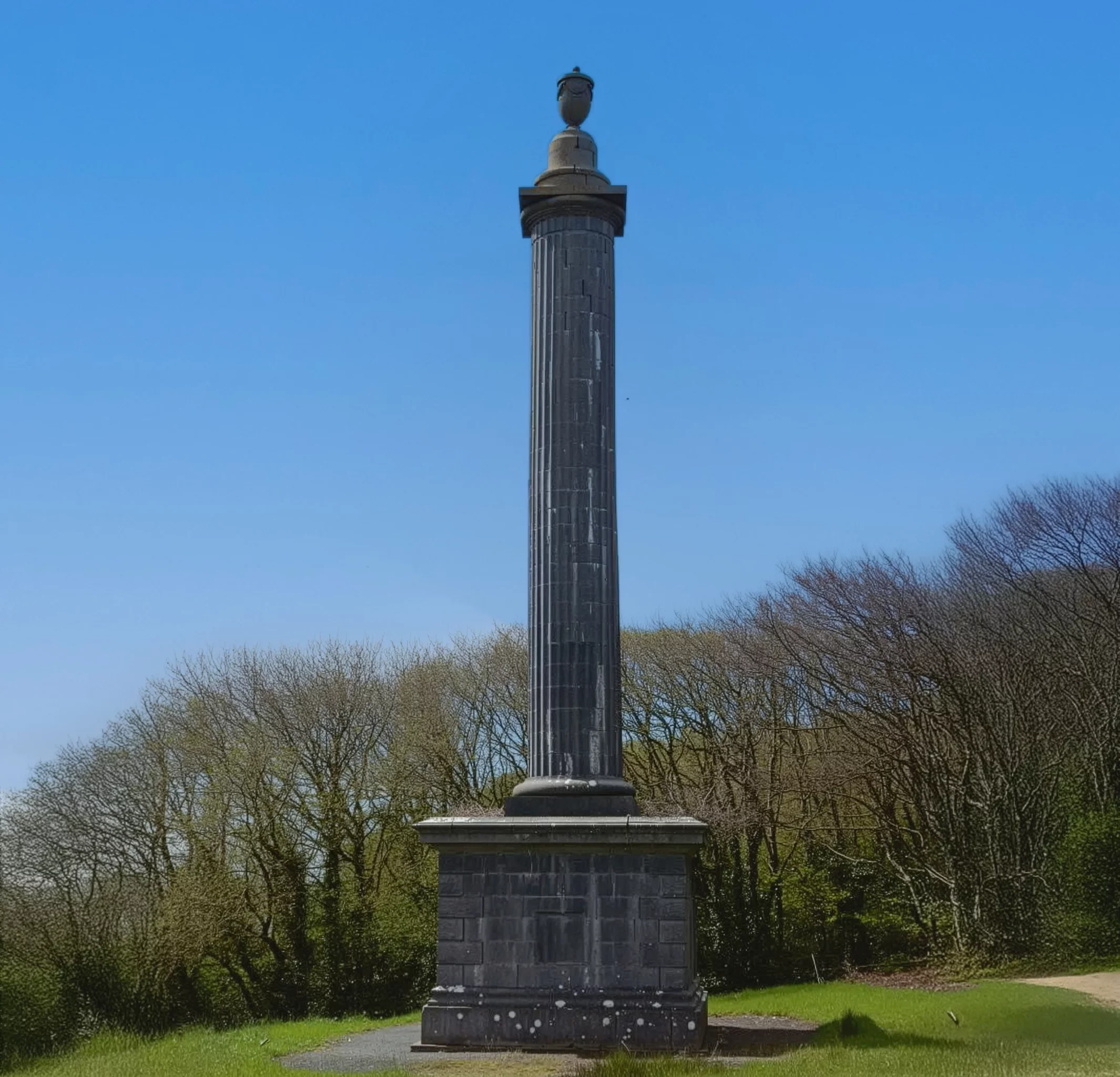Seamount House — A Landmark of the Atlantic Gentry

Origins and Setting
Perched above the Atlantic with commanding views of Liscannor Bay, Seamount House is one of the best-known country houses in the area. Built in the early 19th century, it exemplifies the period’s taste for grandeur and spectacle. Where Birchfield was set inland, Seamount was sited to take full advantage of the coastline — a literal “seat by the sea,” projecting wealth and presence.
The house was designed in a Georgian-to-Regency style, with large sash windows that flooded the rooms with light and offered sweeping views of the ocean. Its elevated position made it a local landmark: villagers below could always see the Big House looking down upon them, a daily reminder of landlord authority.
Families and Legacy
Seamount House is strongly associated with another branch of the O’Brien family, who dominated lands around Liscannor in the 18th and 19th centuries. Estate records note Seamount as a residence for O’Brien landlords and later for gentry families who came into possession of parts of the estate through marriage or inheritance.
Like other Big Houses in Clare, Seamount was both admired and resented. It was admired for its scale and elegance, and for the employment it sometimes provided — estate works, gardens, and domestic service. Yet it was also a symbol of the inequalities of the time: spacious drawing rooms with panoramic sea views while tenants farmed small plots in the shadows below.
Life in the Big House
Accounts from the 19th century describe Seamount’s formal gardens and avenues, its reception rooms filled with imported furniture, and its social events — dances, card games, and gatherings where the landlord class mingled. The sea views were not just picturesque; they symbolised power, as if the house was surveying both the land it owned and the ocean that carried its trade.
Servants and estate workers formed the unseen backbone of this lifestyle, cooking meals in the basement kitchens, tending fires, and managing the grounds. Oral traditions recall how the contrast between the grandeur of the Big House and the hardship of tenant cottages sharpened during the Great Famine — with stories of soup kitchens being set up at Seamount, but also whispers that aid came at the price of loyalty.
Decline and Memory
As with Birchfield, Seamount’s fortunes waned with the decline of the landlord system in the late 19th and early 20th centuries. Land Acts transferred holdings to tenants, and many Big Houses fell into ruin or abandonment. Seamount, though, survived in altered form, adapting to changing times. Today, while its role as a landlord’s seat has ended, it remains part of Liscannor’s architectural and social heritage — a witness to an era when the gentry built high and looked far.
Why it Matters
Seamount House is part of the “Big House” story in Clare: not just bricks and mortar, but a symbol of authority, aspiration, and contradiction. Its very name — “Seamount” — speaks to its grandeur: a house of the sea and the land, claiming dominion over both.
For Liscannor’s heritage, it offers balance. The cliffs, the wells, and the quarries tell of nature and community; Seamount tells of class and power, of how people once lived very differently within the same parish.
Other Heritage sites

Birchfield House — The O’Briens’ Country Seat
Built in the late 18th century, Birchfield House was a Georgian country residence of the O’Brien family, once at the centre of estate life near Liscannor. Its balanced façade, sash windows, and surrounding demesne reflected the refinement of Ireland’s “Big House” era, even as its prosperity rested on the rents and labour of local tenants. Though time has softened its grandeur, Birchfield endures as a vivid reminder of landlord power, family legacy, and the shifting fortunes of rural Clare.

The O’Brien Column - Power, Pride, and Stone at Liscannor
Standing proudly above Liscannor Bay, the Cornelius O’Brien monument honours the man often described as the father of Irish tourism. O’Brien was the local landlord in the 1800s and is best remembered for opening up the Cliffs of Moher to visitors, creating paths, walls, and viewing points that helped people enjoy the scenery safely. His efforts brought early tourism to the area and supported local employment during difficult times. The monument, overlooking his former home at Birchfield and the O’Brien’s tower at the cliffs, continues to celebrate his lasting impact on both Liscannor and the wider Clare landscape.
Ready to Explore Liscannor?
Questions? Need directions or recommendations? We’re here to help you make the most of your time in Liscannor.